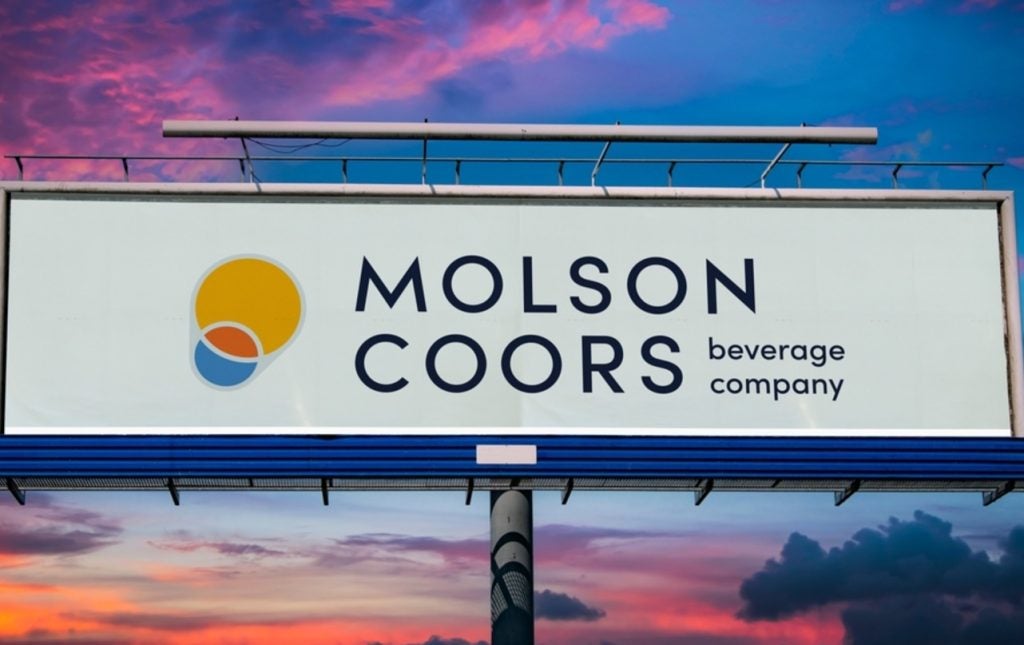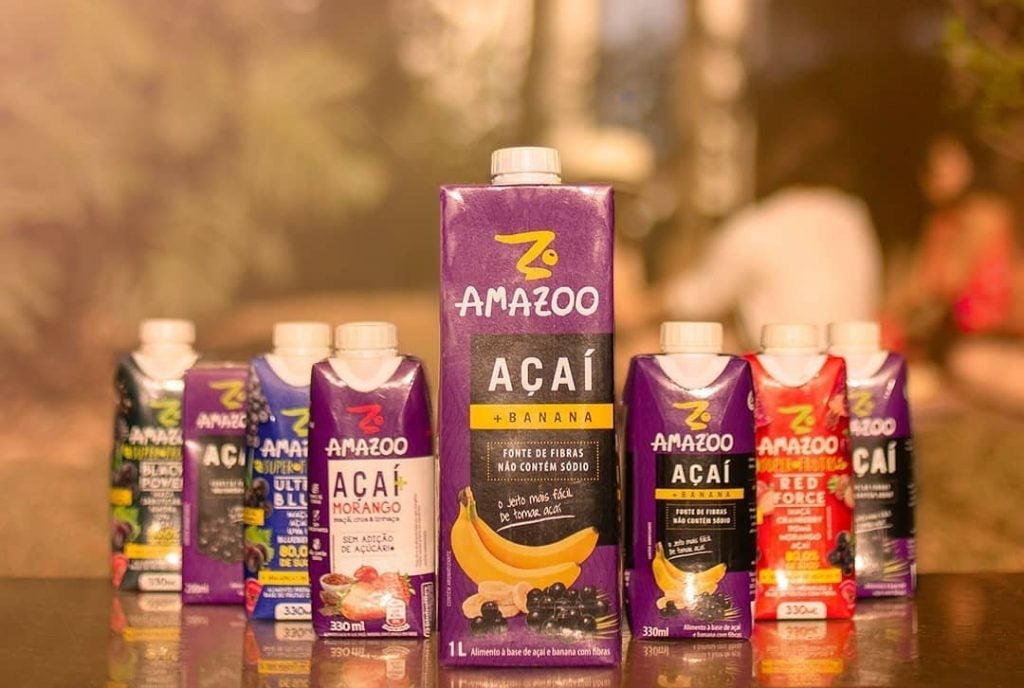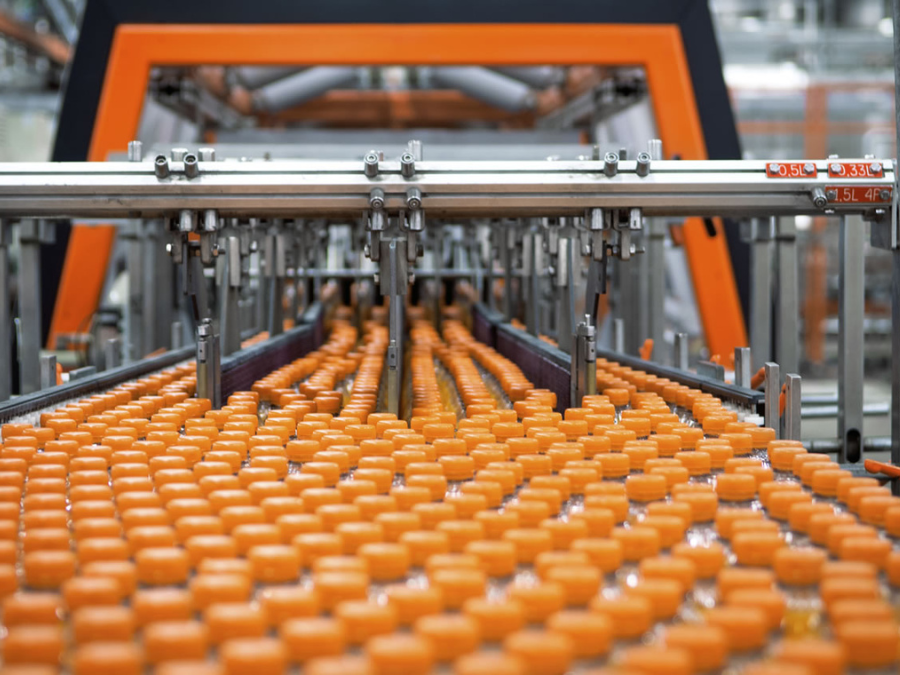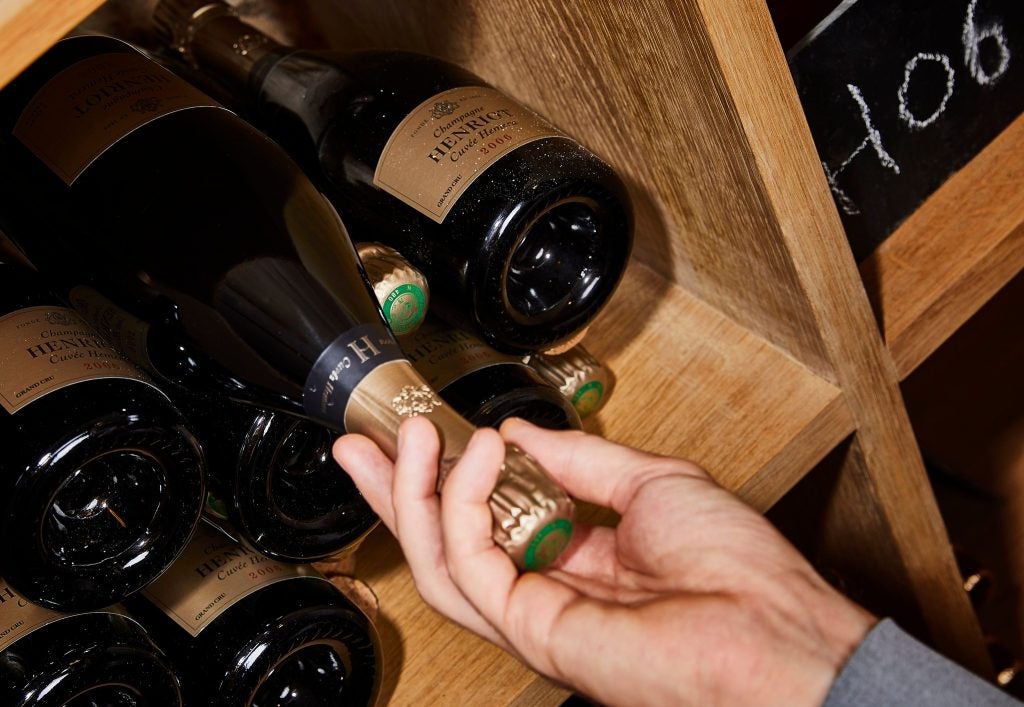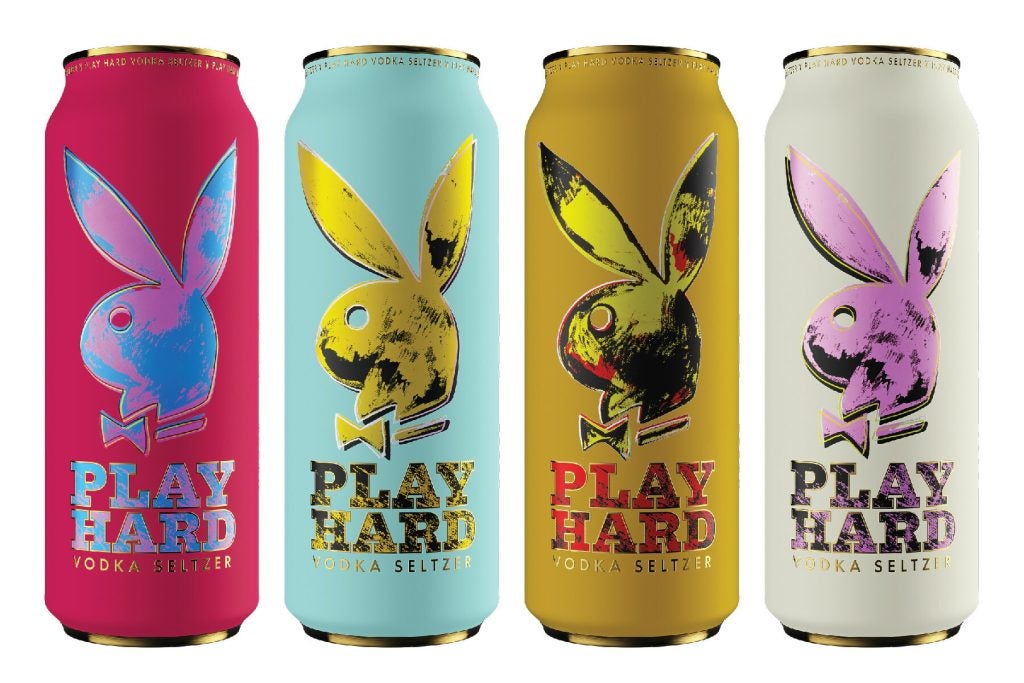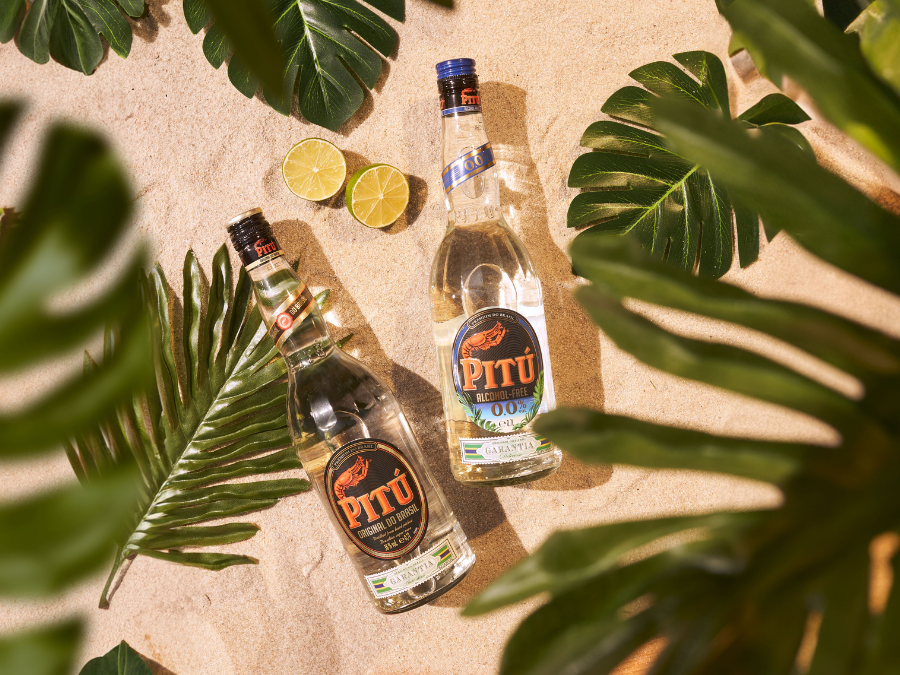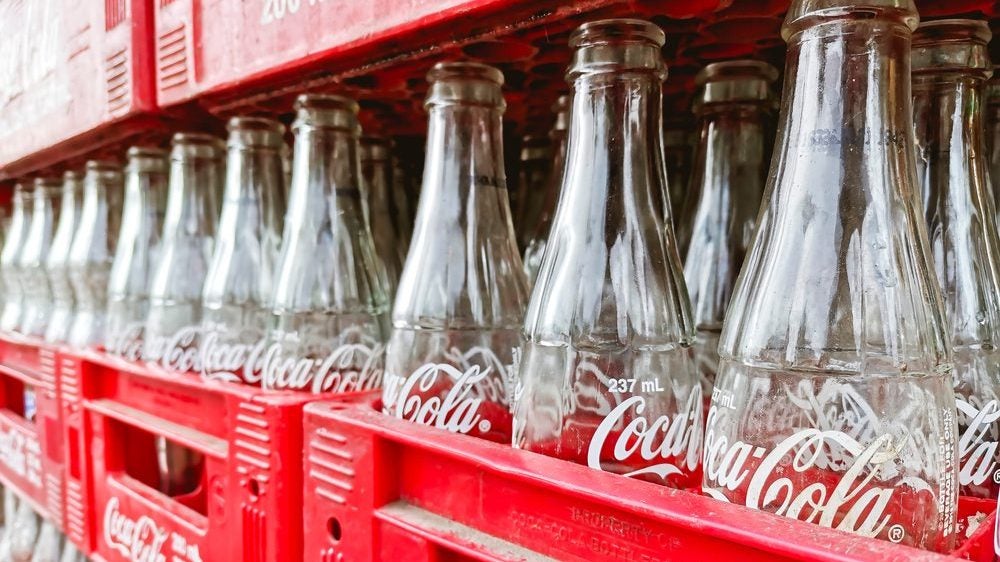Molson Coors Beverage Co. has said recent market-share gains in the US are here to stay as it set out a five-point plan to “accelerate” growth.
The brewer said this year’s boost, fuelled by Bud Light owner Anheuser-Busch InBev’s partnership fiasco with Dylan Mulvaney, was now “structural in nature”.
Speaking to investors and analysts at its annual strategy day yesterday (3 October), CEO Gavin Hattersley said: “At the beginning, one didn’t have a lot of certainty that that change was going to be somewhat permanent. We’re now more than six months into it and we feel very confident that, based on all the data that we’re seeing, this is a permanent shift.
“We’ve spoken a lot about the shelf resets that we’re getting, we’ve talked a lot about the tap handles. Now our job is to jump on that momentum even further because we didn’t have that additional shelf space at the beginning of April and we will be getting a big chunk of it now in Fall and we will get even more in the Spring based on the conversations that we’re having right now.”
Chief commercial officer Michelle St. Jacques said extra space availability will “continue to drive that growth going into next year”, as well as “bigger and bolder” marketing plans for the Coors Light and Miller Lite brands.
She added: “The two biggest questions that we get asked all the time are: are these results going to stick and can we grow off of them moving forward?
“We feel really confident that some of the changes we’ve seen are structural in nature at this point. We’re many weeks into this situation and people are continuing to reach for our brands and driving that share growth.”
St. Jacques also cited increased confidence in Molson Coors’ beer brands from around 1,000 US distributors at its national distributor convention two weeks ago.
“Our distributors have a pretty high bar,” she said. “So the idea that, for both Miller Lite and Coors Light, they had so much confidence in the plans that we revealed this year – a 95% level (we have never seen that level, and we’ve definitely never seen both brands hitting at that same level) – to me is evidence of the confidence that they have on how we’re going to grow these brands next year. We have a really strong marketing plans.”
Despite a spike in sales this year – the company saw a record-high second quarter – Hattersley said the company’s success had begun “long before controversy upended the US beer industry”.
The acceleration plan builds upon the company’s so-called revitalisation plan, which it embarked upon in 2019.
Its senior leadership team yesterday outlined five priorities to accelerate its growth and “long-term financial outlook”: growing net revenue of core brands, “aggressively” premiumising its portfolio, growing its non-beer portfolio, investing in internal efficiencies and a slightly more vague promise to “support its people, communities, and planet”. It also announced a $2bn share-repurchase program.
In its long-term financial outlook, the company forecast low-single-digit annual net sales revenue growth, on a constant-currency basis, and mid-single-digit annual underlying income before income taxes growth, on a constant currency basis.
In a note today, analysts at Barclays said Molson Coors’ growth-acceleration plan had a similar direction to the 2019 strategy but with “far more focus and enthusiasm”. They added the long-term ‘algorithm’ felt “plausible, rather than aspirational”.
The executive team also focused on the potential of Molson Coors’ non-beer portfolio, where Hattersley said the business is “really underrepresented”.
The Chicago-headquartered company is building its whisky portfolio, as well as its non-alcoholic brands, and is launching a non-alcoholic version of its Blue Moon Belgian ale later this year.
“We are becoming more than a beer company,” Hattersley said. “It’s always going to be our roots but we think there is huge potential for us in the energy drink space, in the non-alcohol space, and we think there is real opportunity for us to make a difference to our overall algorithm from a spirits point of view.”


